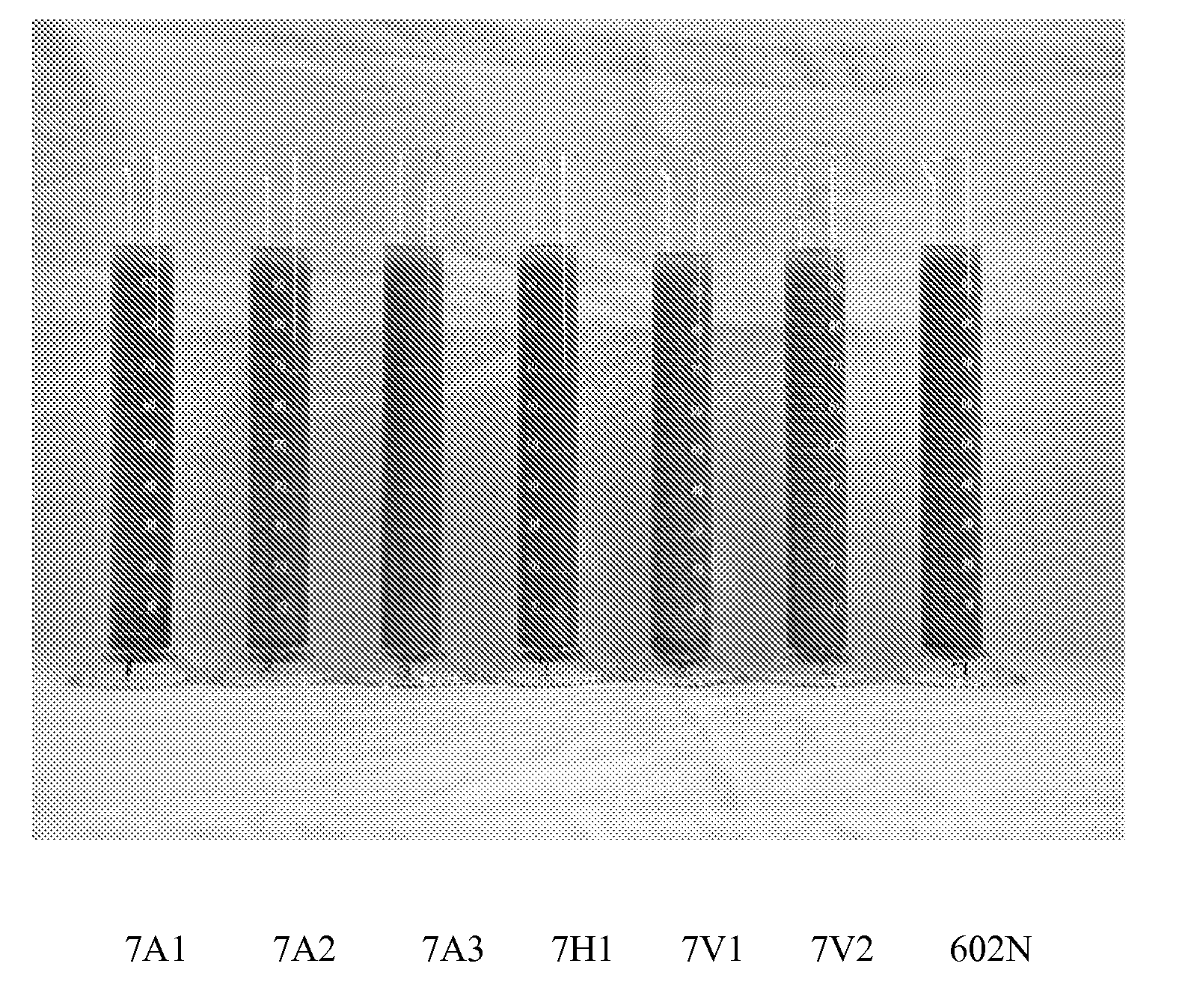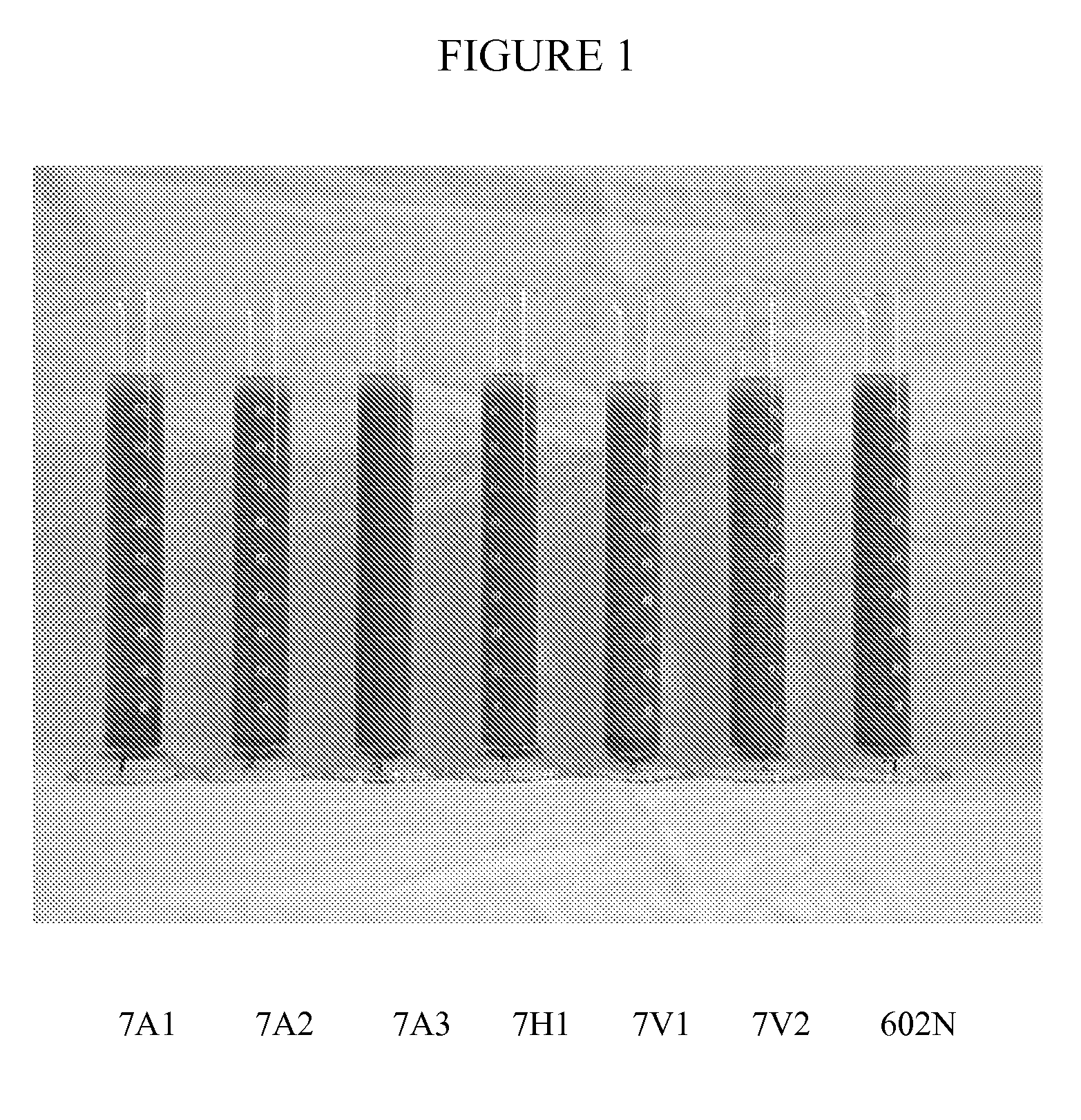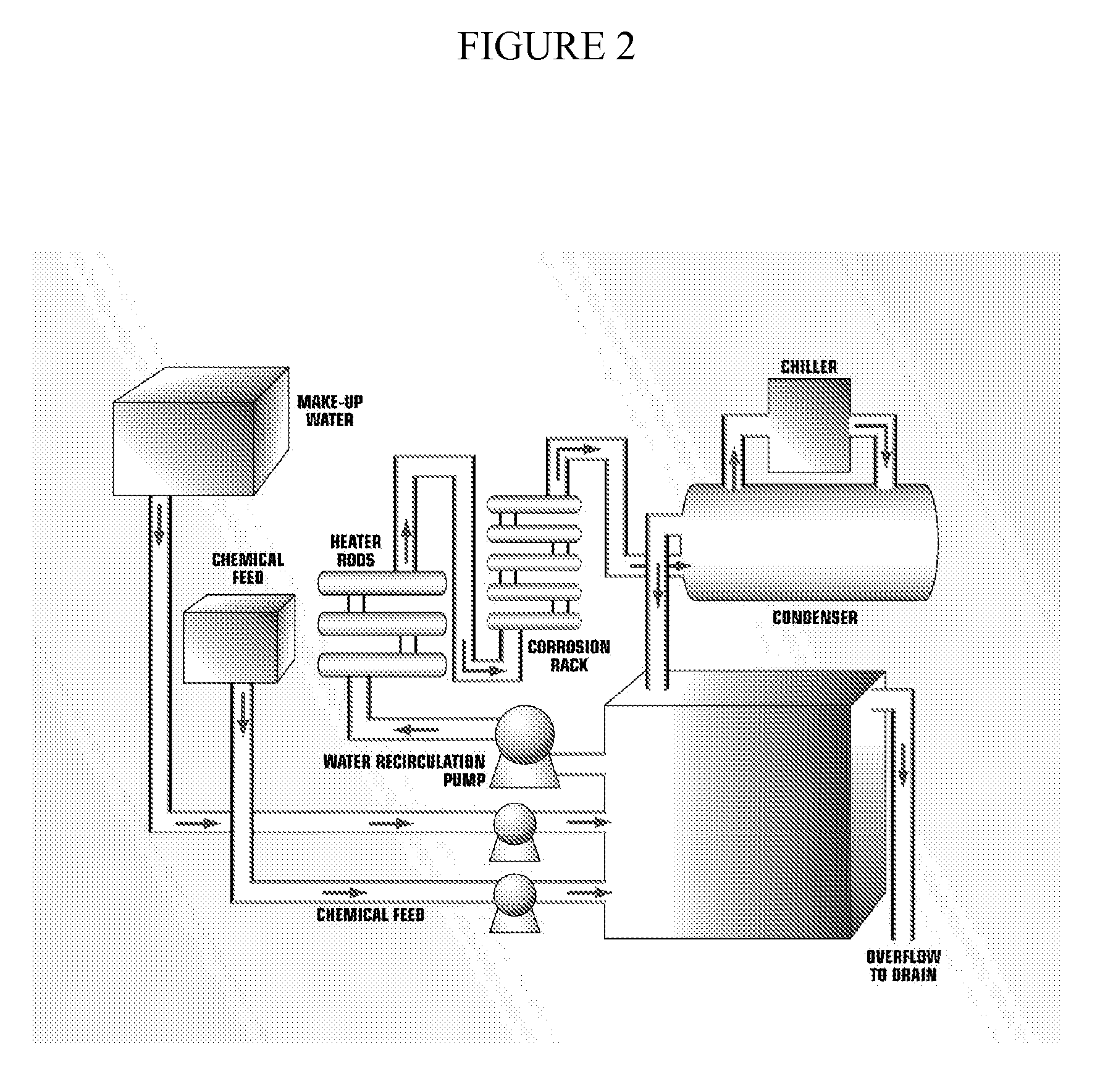Modified Polysaccharides
a polysaccharide and modified technology, applied in the field of polysaccharides, can solve the problems that the calcium binding or co-building properties of polysaccharides may never be as effective, and achieve the effect of little or no calcium binding or co-building properties and similar performan
- Summary
- Abstract
- Description
- Claims
- Application Information
AI Technical Summary
Benefits of technology
Problems solved by technology
Method used
Image
Examples
example 1
Oxidation of High Amylose Starch
[0102] High amylose starch (HYLON® VII starch, available from National Starch and Chemical Company, Bridgewater, N.J.) was oxidized in aqueous conditions using a jacketed beaker equipped with an overhead stirrer using the following procedure—
[0103] The nitroxyl radical, 4-acetamido-TEMPO (0.79 g; 0.2 mol % based on moles of starch ASU) and sodium bromide (9.52 g; 5 mol %) were added to an aqueous slurry of high amylose starch (344 g (300 g dry; 1.85 mole ASU) in 500 mL water). The system was cooled to below 10° C. with a water circulator and the pH of the slurry was adjusted to 9.0 with sodium hydroxide (2.5 M solution). Sodium hypochlorite (1090.5 g; 11.4% solution; 90 mol %) was then introduced into the reaction mixture by dropwise addition at a rate so as to maintain the temperature of the reaction mixture <15° C. The pH of the slurry was held constant at 9.0 through this addition process by the addition of 2.5 M sodium hydroxide solution using a ...
example 2
Oxidation of Waxy Maize Starch
[0107] Waxy maize starch (AMIOCA™ starch, available from National Starch and Chemical Company, Bridgewater, N.J.) was oxidized using the procedure described in Example 1. The oxidized waxy maize product was somewhat more swollen than the corresponding HYLON® VII described in Example 1, and hence was also washed with ethanol following its filtration and water washing. It was finally air dried in a low humidity environment.
[0108] The aldehyde content of the oxidized waxy maize starch was determined as described in Example 1 and was calculated to be 12.0 mol % based on moles of starch ASU.
[0109] The carboxylic acid formed during the oxidation was estimated from the remainder of the oxidant that was not consumed for aldehyde generation, which for this example was approximately 39 mol % per starch ASU. This was also confirmed by 13C NMR spectrum of the oxidized starch taken from D2O solution, which indicated approximately 39 mol % per starch ASU C6 carbox...
example 3
Oxidation of Waxy Maize Starch
[0110] Waxy maize starch (AMIOCA™ starch, available from National Starch and Chemical Company, Bridgewater, N.J.) was oxidized and recovered using a procedure similar to that described in Example 1 with the exception that the sodium hypochlorite oxidant was limited to 560 g of 8.2% solution, or 50 mol % starch ASU. The carboxylic acid formed during oxidation was determined to be (based on 2.5M NaOH consumption used to maintain the pH throughout oxidation) approximately 18 mol % per starch ASU.
PUM
| Property | Measurement | Unit |
|---|---|---|
| Fraction | aaaaa | aaaaa |
| Percent by mass | aaaaa | aaaaa |
| Percent by mass | aaaaa | aaaaa |
Abstract
Description
Claims
Application Information
 Login to View More
Login to View More - R&D
- Intellectual Property
- Life Sciences
- Materials
- Tech Scout
- Unparalleled Data Quality
- Higher Quality Content
- 60% Fewer Hallucinations
Browse by: Latest US Patents, China's latest patents, Technical Efficacy Thesaurus, Application Domain, Technology Topic, Popular Technical Reports.
© 2025 PatSnap. All rights reserved.Legal|Privacy policy|Modern Slavery Act Transparency Statement|Sitemap|About US| Contact US: help@patsnap.com



